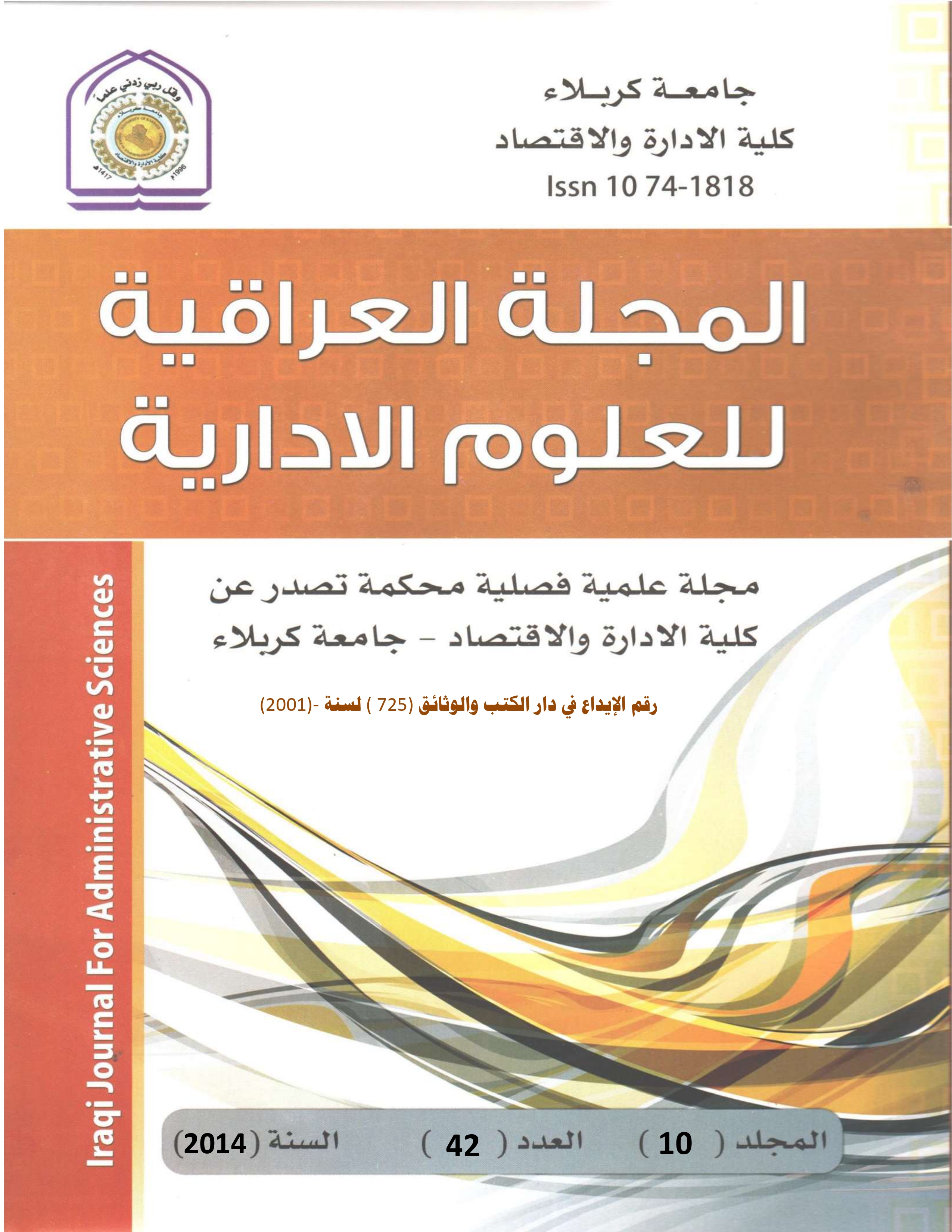A proposed accounting framework for measuring the capital adequacy of Islamic banks in light of their exposure to risks to enhance the efficiency and effectiveness of the regulatory system - a news study in the Iraqi Islamic Bank for Investment and Develo
Keywords:
Capital adequacy, enhancing efficiency, and effectiveness of the regulatory systemAbstract
This research is trying to put a proposed accounting framework for measuring the sufficiency of capital in Islamic banks through that according to the Basel Agreement, which was aimed to reducing the bank risks. The domestic and international bank competition was increased so that banks exposed to many risks that may arise due to banking business breadth.
Today banking business is no longer providing limited traditional banking services, but also extended to affect and many other services. The Basel Agreement developed originally for conventional bank; therefore, if Islamic banks want to work in international markets, it should comply with the Basel Agreement for banking supervision or present the newer statement that nearest to the Basel Standards.
This research developed proposed framework for measuring the sufficiency of capital in Islamic Banks fits with a functional nature and its risks. The developed measure will increase the control efficiency and effectiveness on these banks and enhance risk management, corporate governance, transparency, and confidence depositors.
References
American Accounting Association, A statement of basic accounting theory, (A,
A, A), 1966.
International Convergence of Capital Measurement and Capital standards,
Basel Committee on Banking Supervision. Bank for International Settlements,
Latham & Watkins, Regulatory capital reform Basel III, London, 2011.
Murinde & Yaseen, the Impact of Basle Accordulations on Bank Capital and
Risk Behavior "3D Evidence from the Middle East and North Africa (MENA)
Region, 2004.
Downloads
Published
How to Cite
Issue
Section
License
Copyright (c) 2014 Economics and Administration College - Karbala University

This work is licensed under a Creative Commons Attribution-NonCommercial-NoDerivatives 4.0 International License.
Authors retain the copyright of their papers without restrictions.










